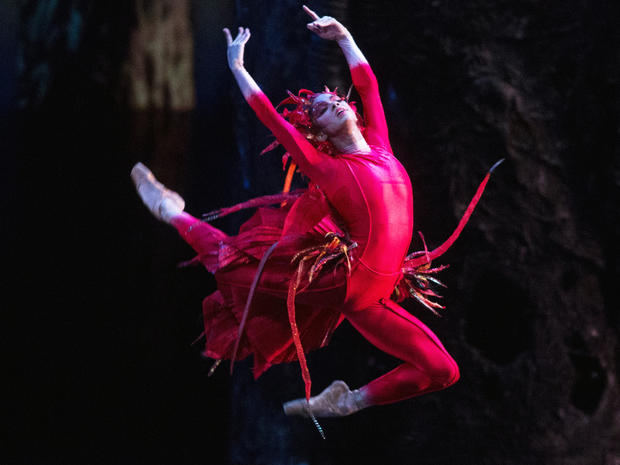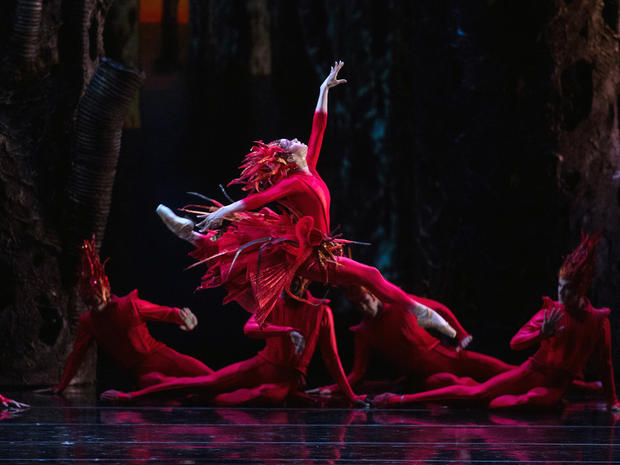
“How lucky am I to be able to work with an award-winning illustrator with many books under his belt on my first children’s book?”Īlso at that initial meeting was Putnam publisher Jennifer Besser, to whom Barney had presented the idea. “When they met, it was kismet,” Barney recalled. Barney and Squire quickly arranged a meeting between Copeland and Myers. “I try to keep up with artists like that, especially ones like Misty who also are thinking about larger social issues.”Ĭoincidentally, Copeland’s public relations manager, Gilda Squire, had been publicity directo r at HarperCollins when Barney was an editor at the publisher’s Amistad imprint. “There are a handful of artists who are changing their respective fields, rewriting the rules,” explained Myers. In those early sketches I began to see what the book could be.” He took out his sketch pad and began drawing black-and-white sketches of ballerinas in mid-leap. And suddenly, out of the blue Chris asked me if I’d ever heard of her.

“I admired the barriers Misty was breaking in dance,” said Barney, “As an African-American woman myself, I found her personal story remarkable-coming to ballet so late, as a 13-year-old, and working so hard even as she was constantly being told she was the wrong race and size for ballet. She is only the second African-American soloist in ABT’s 75-year history and the first in more than two decades.

It turned out that both were aware of Copeland, who had been drawing media attention as one of the few African-American classical ballerinas in the American ballet world. Though Myers and Barney had never worked together, “we had been trying to find a project,” Barney said. Barney and Myers enjoy monthly teas together and during one of them in 2012, the illustrator mentioned his admiration for Copeland. First of all, it was Myers who suggested doing a book with Copeland to his good friend Stacey Barney, senior editor at Putnam. Myers and Copeland were brought together, as is most often the case, by an editor, but their collaboration was hardly typical of the standard picture-book process.


For Copeland, those struggles centered on her race, a childhood of poverty, and her late discovery of the art form. Like Ballerina Swan (Holiday House, 2012), which was written by ballerina Allegra Kent and illustrated by Emily Arnold McCully, Firebird, by American Ballet Theatre soloist Misty Copeland, illustrated by Christopher Myers, draws on a ballerina’s real-life early struggles to tell a story of inspiration and encouragement. Two artists collaborating on a picture book is hardly news, but in the case of Firebird, which Putnam is publishing this month, the creative team is slightly unusual: it consists of an illustrator and a ballerina.


 0 kommentar(er)
0 kommentar(er)
